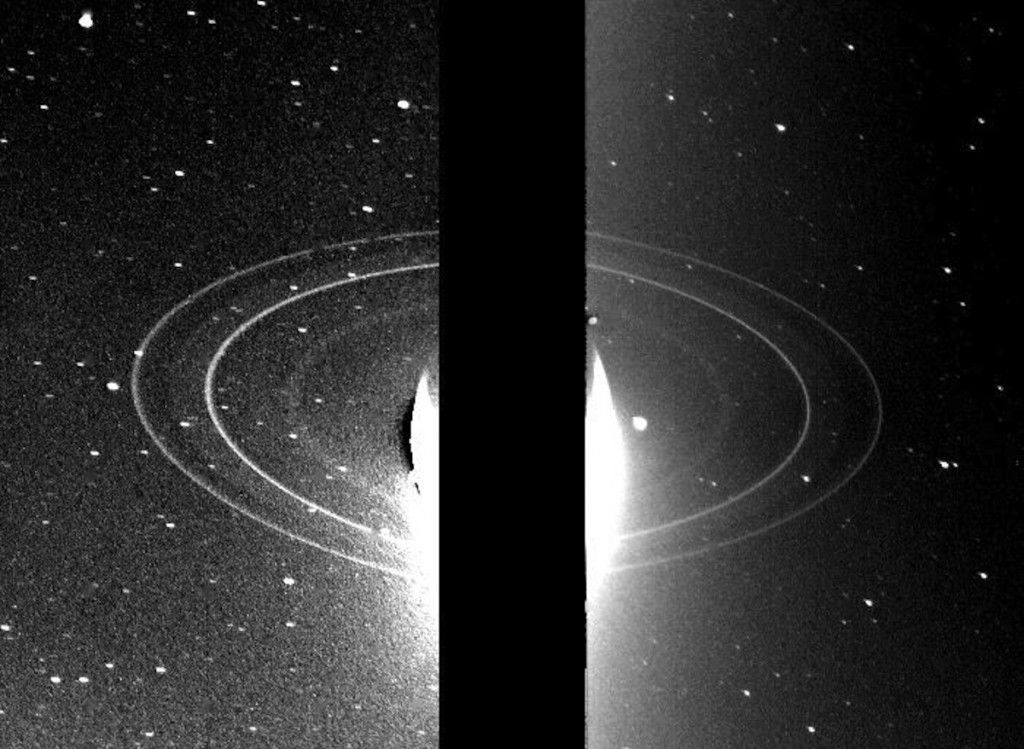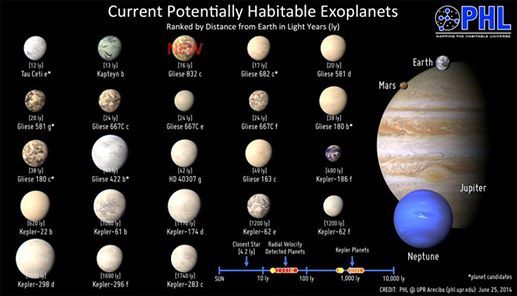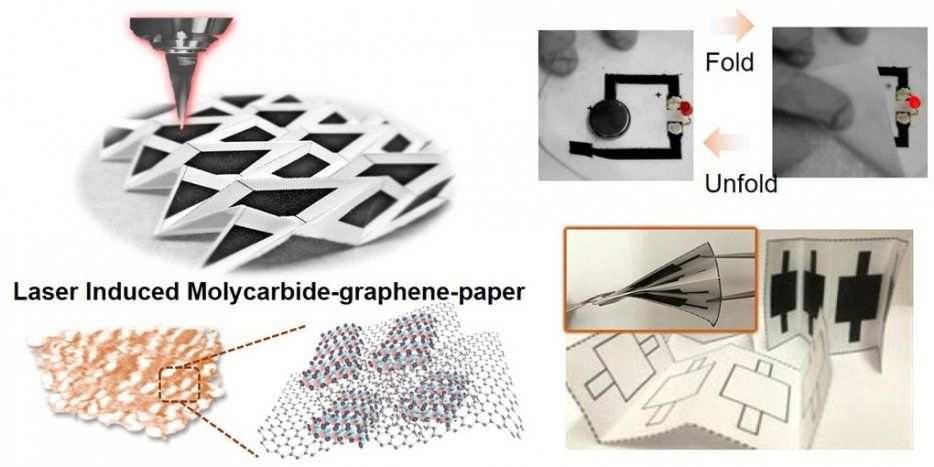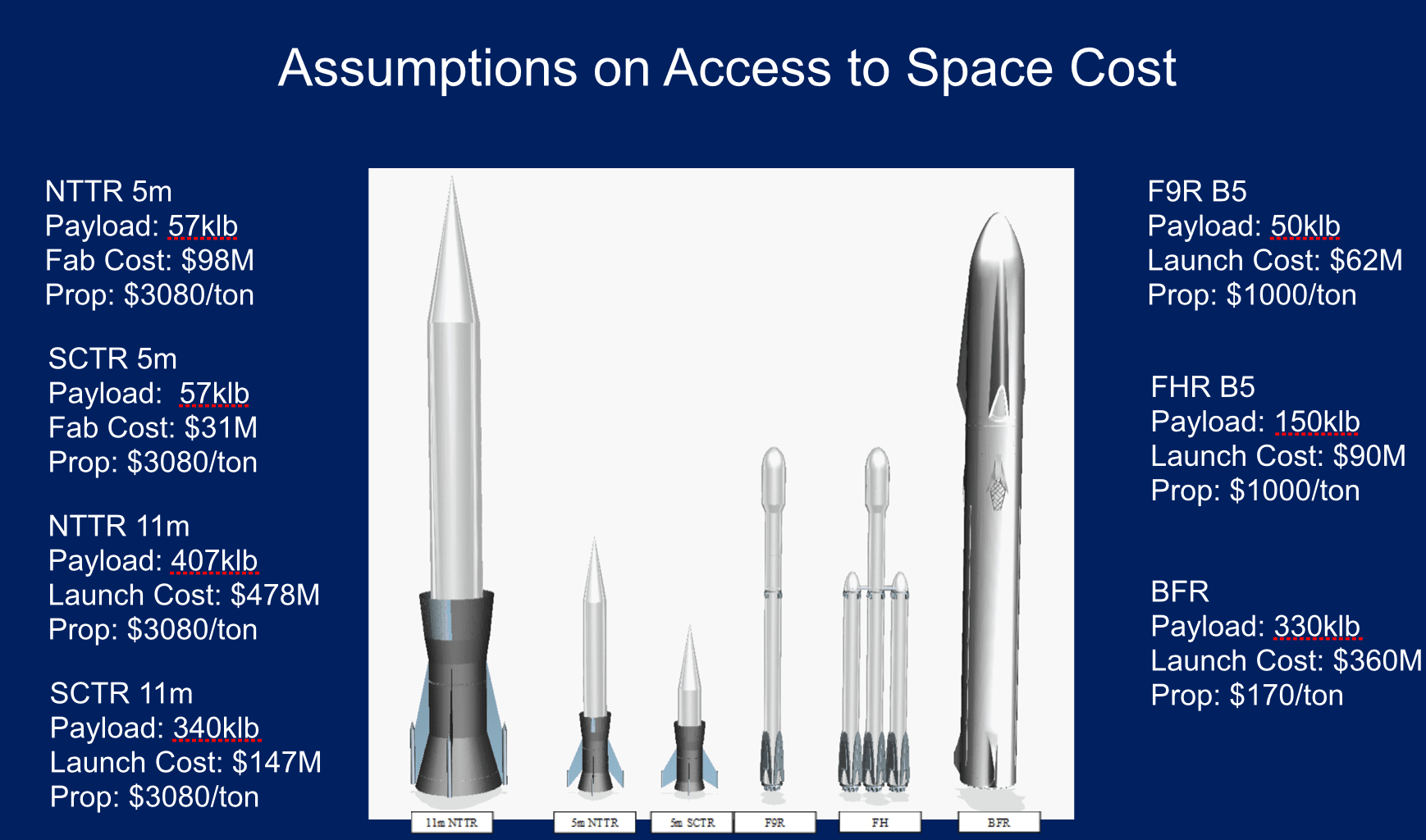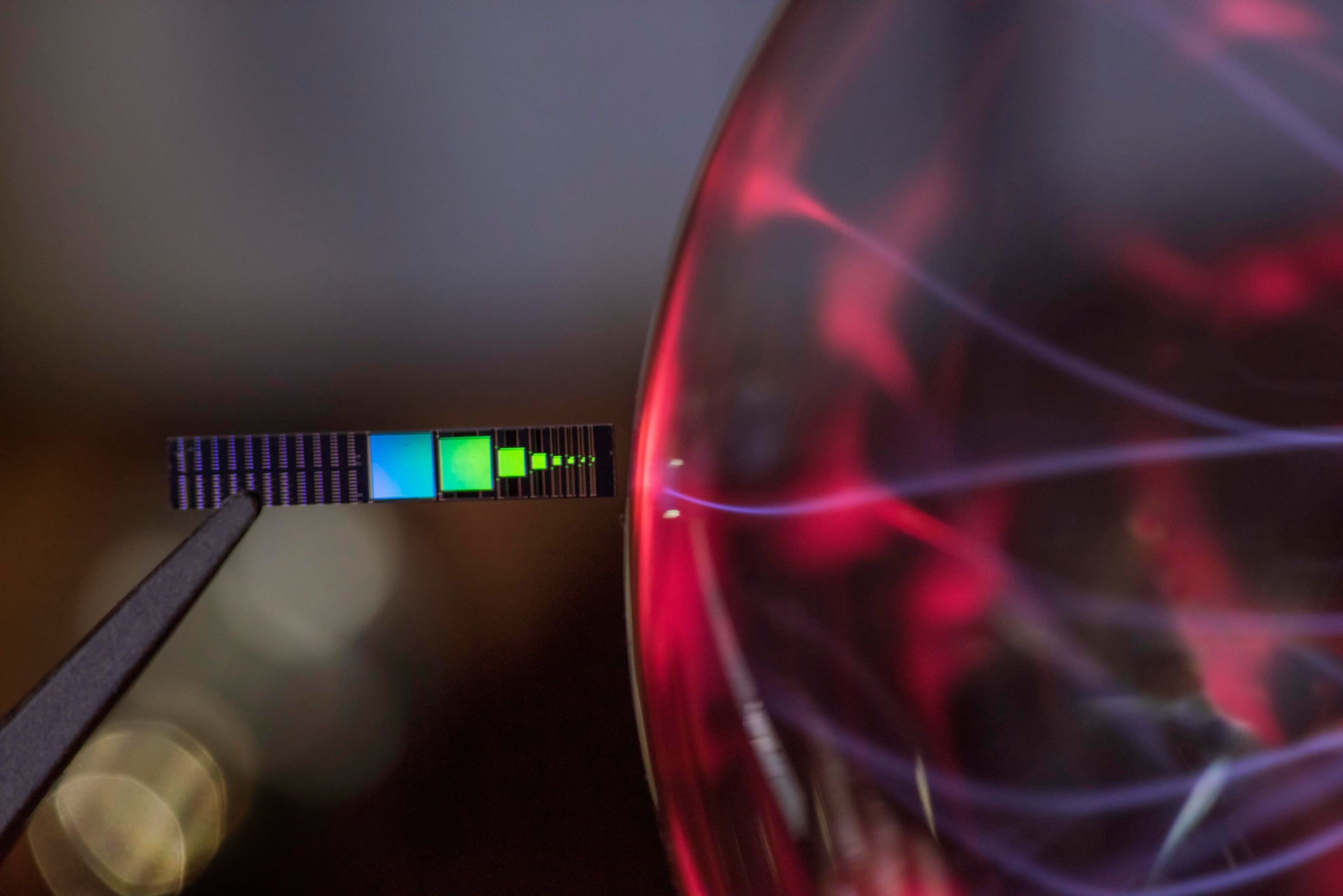Jul 10, 2018
Amazing Map Shows Every Space Probe Now Exploring Our Solar System
Posted by Genevieve Klien in category: space
They say outer space is a lonely place, but a new chart shows that some regions have gotten a bit crowded. It purports to show the positions of all the space probes now at work snapping photos and collecting data in our solar system.
Story continues below.
A diagram, updated once a month, of active space missions beyond Earth orbit.
Continue reading “Amazing Map Shows Every Space Probe Now Exploring Our Solar System” »
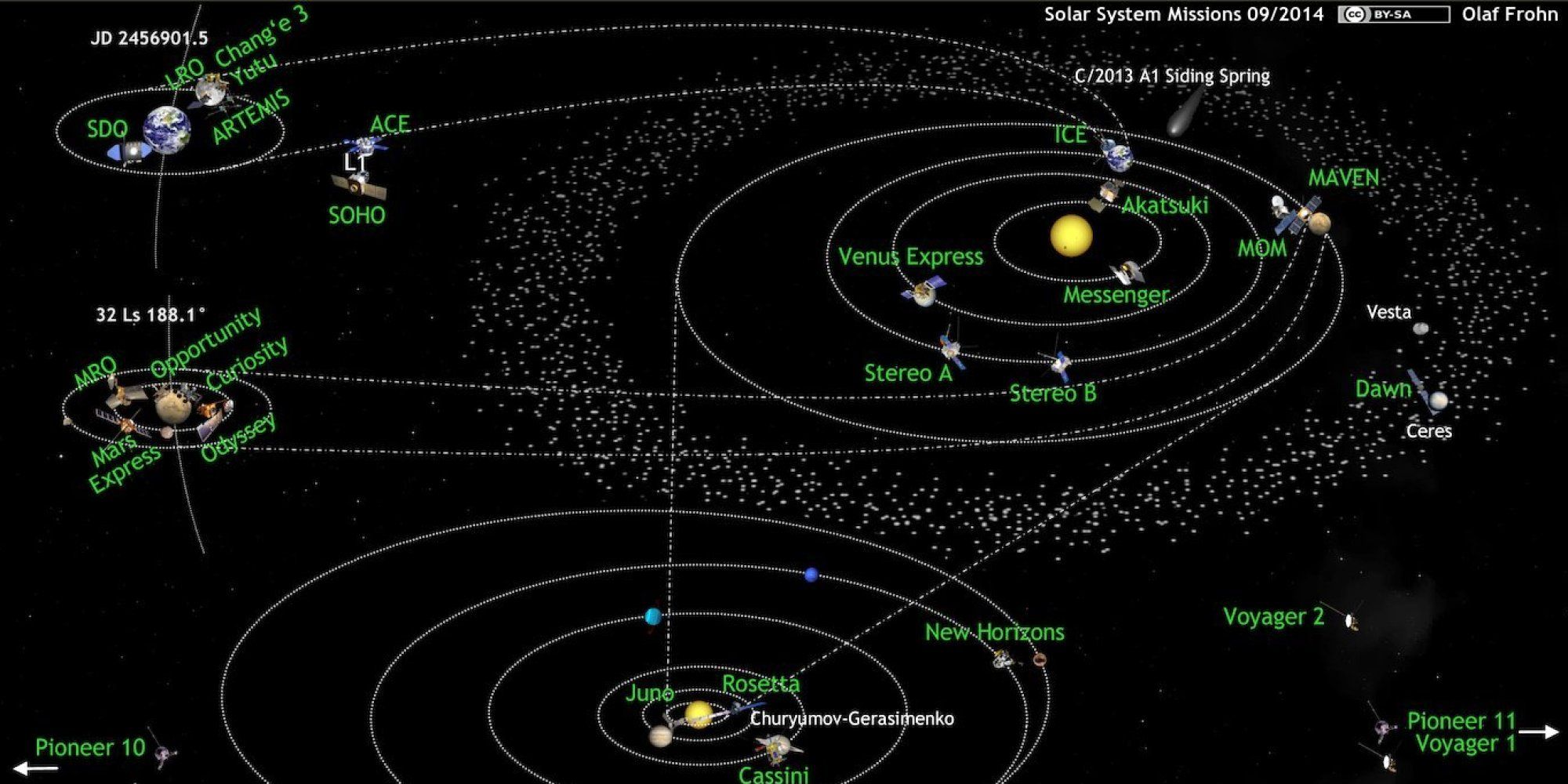
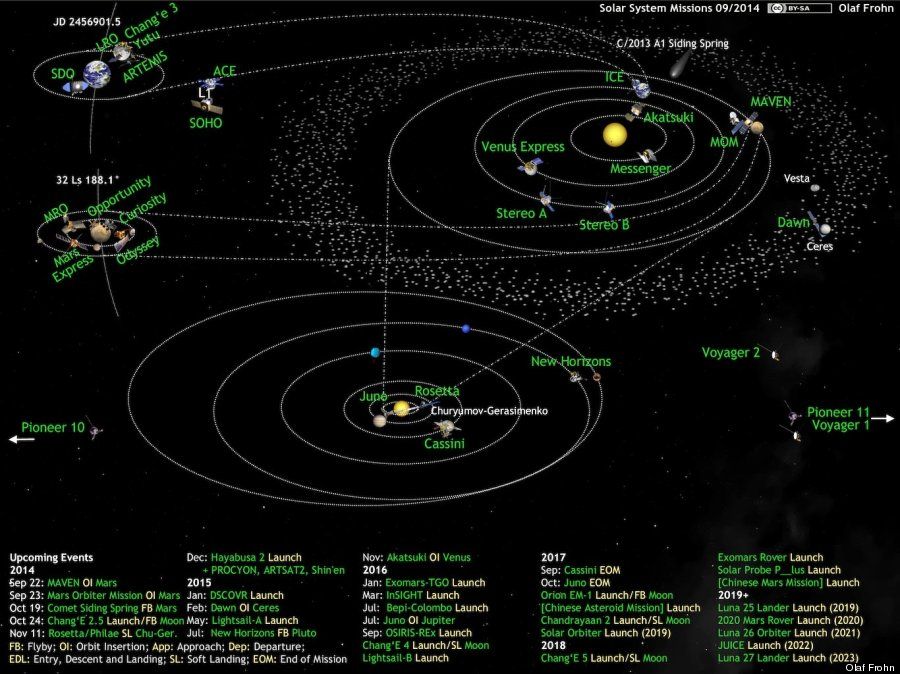 A diagram, updated once a month, of active space missions beyond Earth orbit.
A diagram, updated once a month, of active space missions beyond Earth orbit.